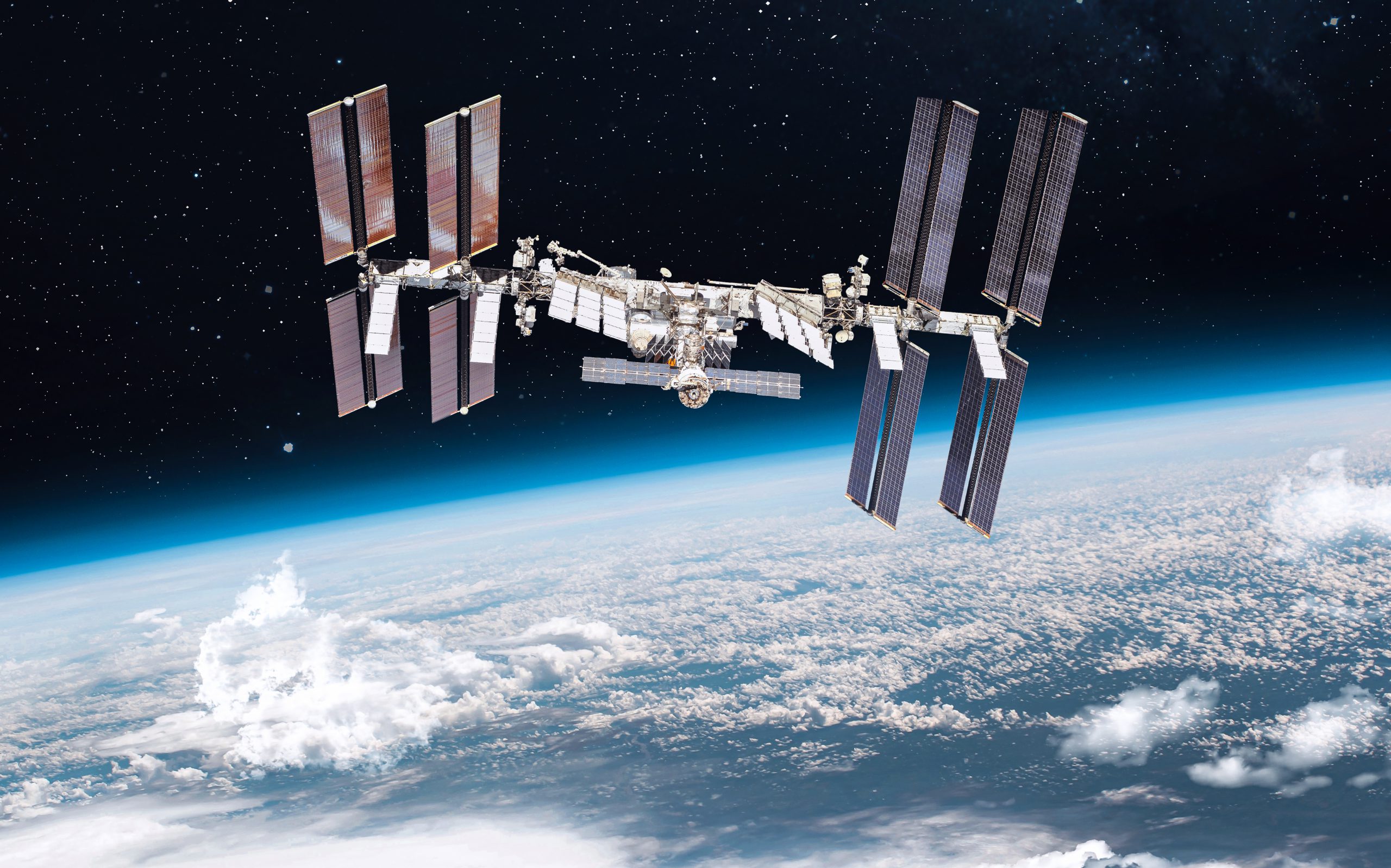BSGN Advanced Materials Accelerator: Your route for new materials development in space

Are you developing new materials or interested in investing in innovation?
Each revolution in semiconductors, metals, polymers, ceramics, and other materials has created and transformed products and industries. Today the need to make products greener, stronger, smaller, and lighter is heavily driving the development of next generation advanced materials with properties previously out of reach.
The opportunities to exploit the space environment, specifically microgravity, for new product innovation and manufacturing processes are vast.
The microgravity environment offers a unique materials development platform as the absence of gravity alters processes such as solidification, crystal growth, fluid mixing, phase separation, sedimentation and combustion. This allows for the creation of superior materials with densities and functionalities that would have otherwise been unattainable on Earth.
Launch costs have reduced significantly and new platforms beyond the International Space Station (ISS) are now available to support your R&D ventures in space. For example, Space Forge, a UK start-up, will be launching their first experimental satellite in the summer of 2022 that will allow autonomous manufacturing operations with samples then returned to Earth.
The new field of in-orbit manufacturing is opening up opportunities to take terrestrial processes and adapt them for space. 3D printing capability is now deployed on the ISS and will likely be required for long duration missions.
The time is now to explore how space can enhance your materials development.
What are the features of space that enable different materials to be developed?
- Absence of buoyancy and sedimentation leads to homogeneous particle mixing
- Absence of thermal convection means no upward displacement of hot zones
- Containerless processing leading to natural levitation and no contamination
- Absence of hydrostatic pressure therefore diffusion and surface tension dominate.
Processes that can be explored in the space environment
- Solidification – structures of uniform composition can be created
- Diffusion processes – phase transitions of fluid motion can be studied to improve formulations and semiconductor manufacture
- Crystal growth – growth of large single crystals elimination defects
- Vacuum of space – techniques that require a good vacuum for optimal operation, such as sputter deposition, can be improved in the hard vacuum of space
- Ageing – atomic oxygen and extreme ultraviolet radiation are a feature of the space environment and can be used for accelerated ageing testing of materials for use in space or on earth.
Opportunities for new materials development
The major global and cross-sector challenge that will drive new technological revolutions and material innovations over the next 2-3 decades will be climate change and Net Zero.
Related to this there are a number of key technical requirements and challenges which draw and drive significant R&D and innovation investment to meet the net zero challenge. These include Light-weighting, Multifunctionality, Next generation opto-electronic materials, Surface technologies and Thermal management.
The ESA BSGN Materials Accelerator team has identified a number of focus areas where the space environment may provide additional benefits, these include [click on each to explore all relevant opportunities under each theme]:
- Superalloys and hybrid materials
- Advanced Ceramics
- Nanomaterials
- Polymers and fibres
- Thin-films and functional coatings.
The team has undertaken an assessment of each of these focus areas and, matching the unique characteristics of the space environment, envisages opportunities in areas as diverse as alloys for aerospace and gas turbine markets, biomedical implants, novel semiconductors, next generation electronics, battery technologies and optical components.
Who should get involved?
If you are developing materials in any of these focus and/or application areas – or if you have other ideas for materials development in space – please get in touch to find out more.
How could you benefit from getting involved in the BSGN Materials Accelerator Programme?
If you are involved in materials R&D and have a commercial opportunity and need for a new platform to test your ideas you could get support from the ESA BSGN Materials Accelerator Programme. The space environment could provide you with the ability to undertake research that isn’t possible on earth aiding your developments either through improving your understanding of processes on earth or by synthesising new materials in space.
By getting involved in the programme you will be supported by experts in the space sector to help you understand how you can get your idea from earth to space and back again.
Who can benefit?
Any European organisation from an ESA member state can take part in the accelerator programme, including UK. BSGN is carried out under a programme of and funded by ESA, the European Space Agency.
What support can you get to take forward your concept?
- Business and technical support
- Develop your idea through the SPRINT activity led by the Satellite Applications Catapult
- Opportunities for funding.
Supporting events
Following the launch event of the BSGN Accelerator on 20th September (recording available here), Innovate UK KTN also hosted a virtual deep-dive workshop on the 17th October to provide a forum for experts from the materials community, space community and service providers to come together to discuss the opportunities developed in Phase One.
For inquiries related to the accelerator, please get in touch at BSGNmaterials@sa.catapult.org.uk. Find out more on the BSGN website.
Who are the partners in the BSGN Advanced Materials Accelerator?
The accelerator is coordinated by the Satellite Applications Catapult in the UK with partners including Innovate UK KTN, the National Composites Centre (NCC), the Technological Institute of Plastics (AIMPLAS), the DLR Institute of Material Research (DLR) and the Centre for Process Innovation (CPI).

Related Events and Recordings
Mon
17
Oct
2022
BSGN Advanced Materials Accelerator: deep-dive into microgravity-enabled opportunities for advanced materials
09.30 - 12.30 | Online




